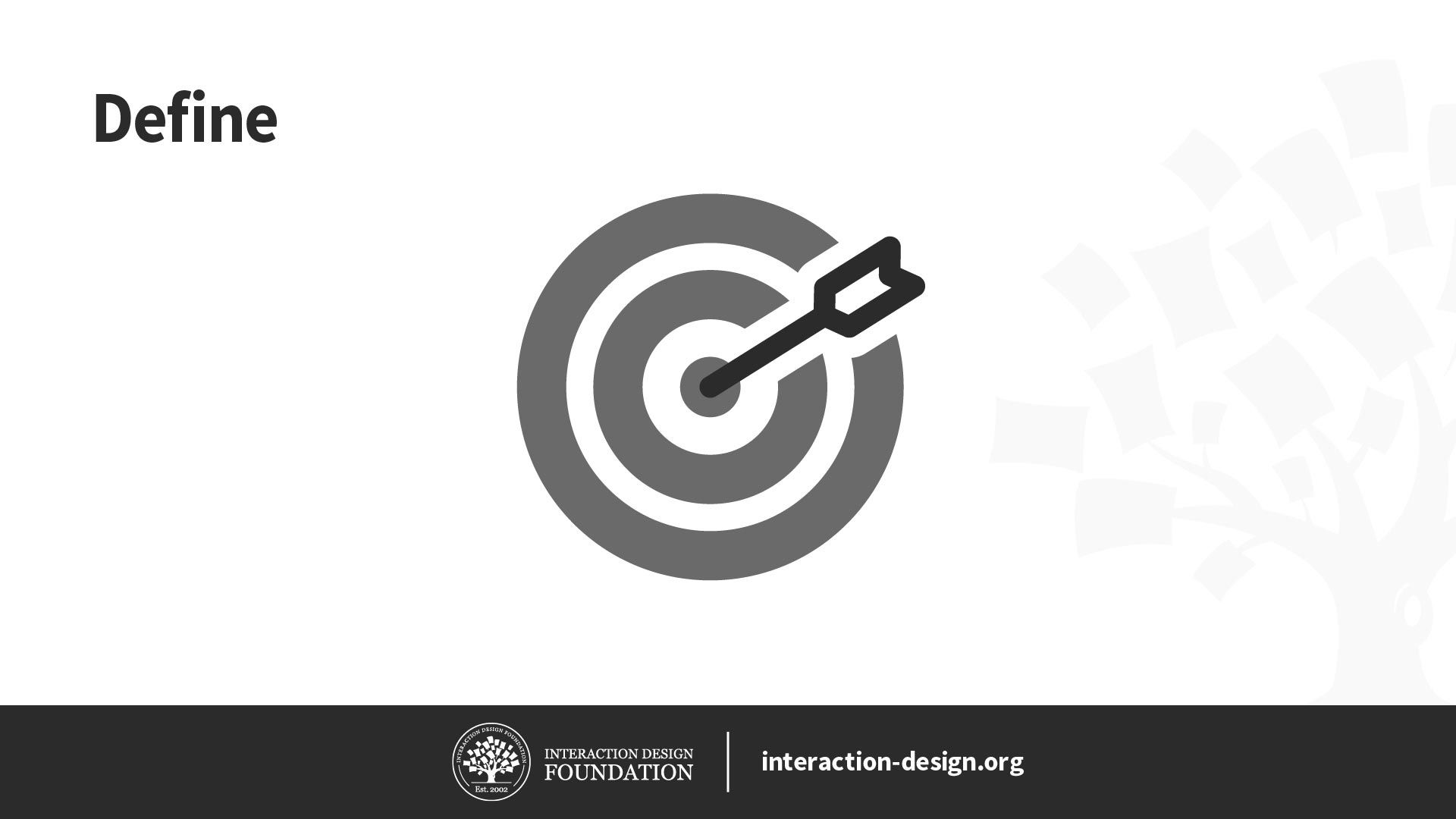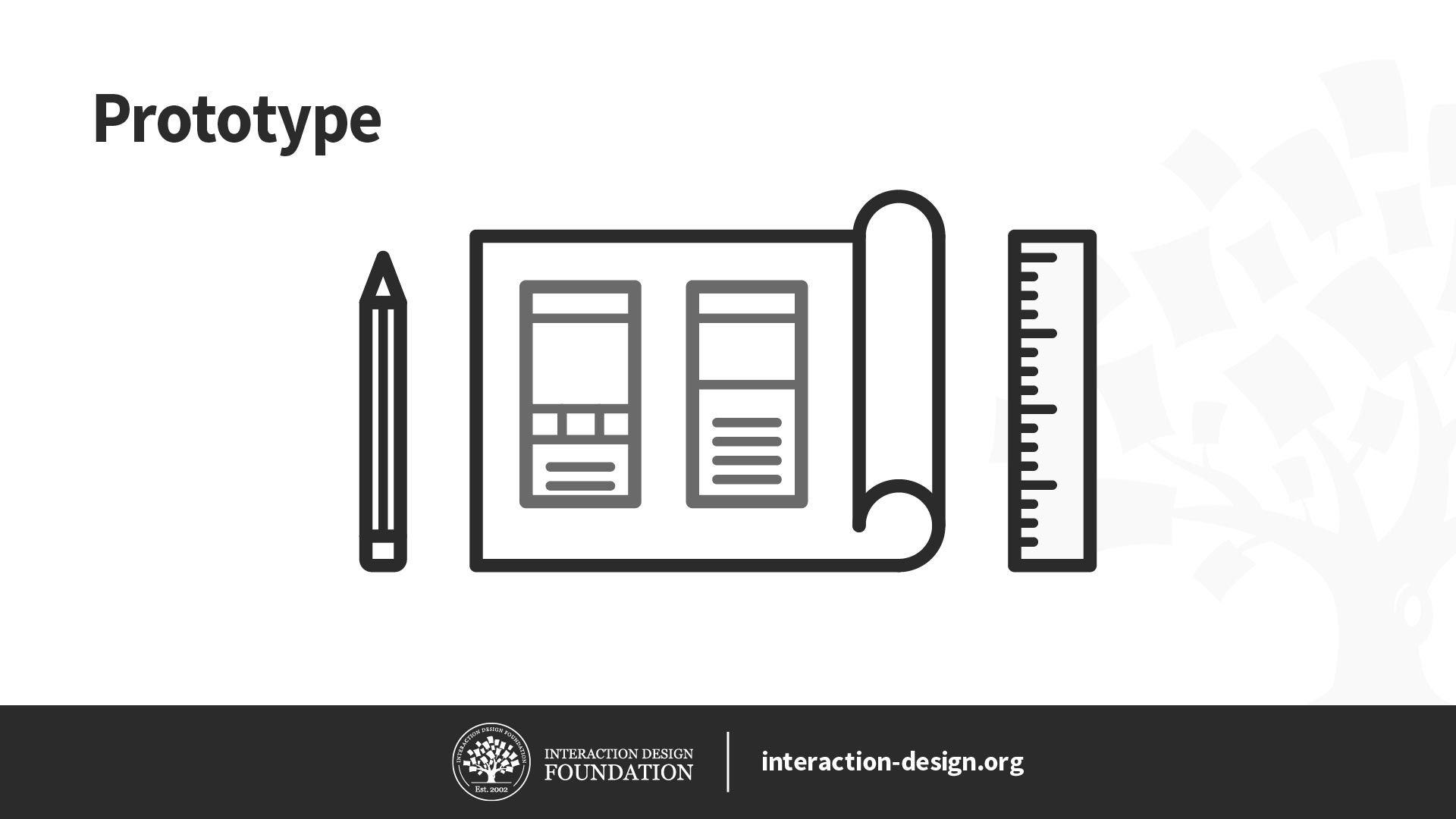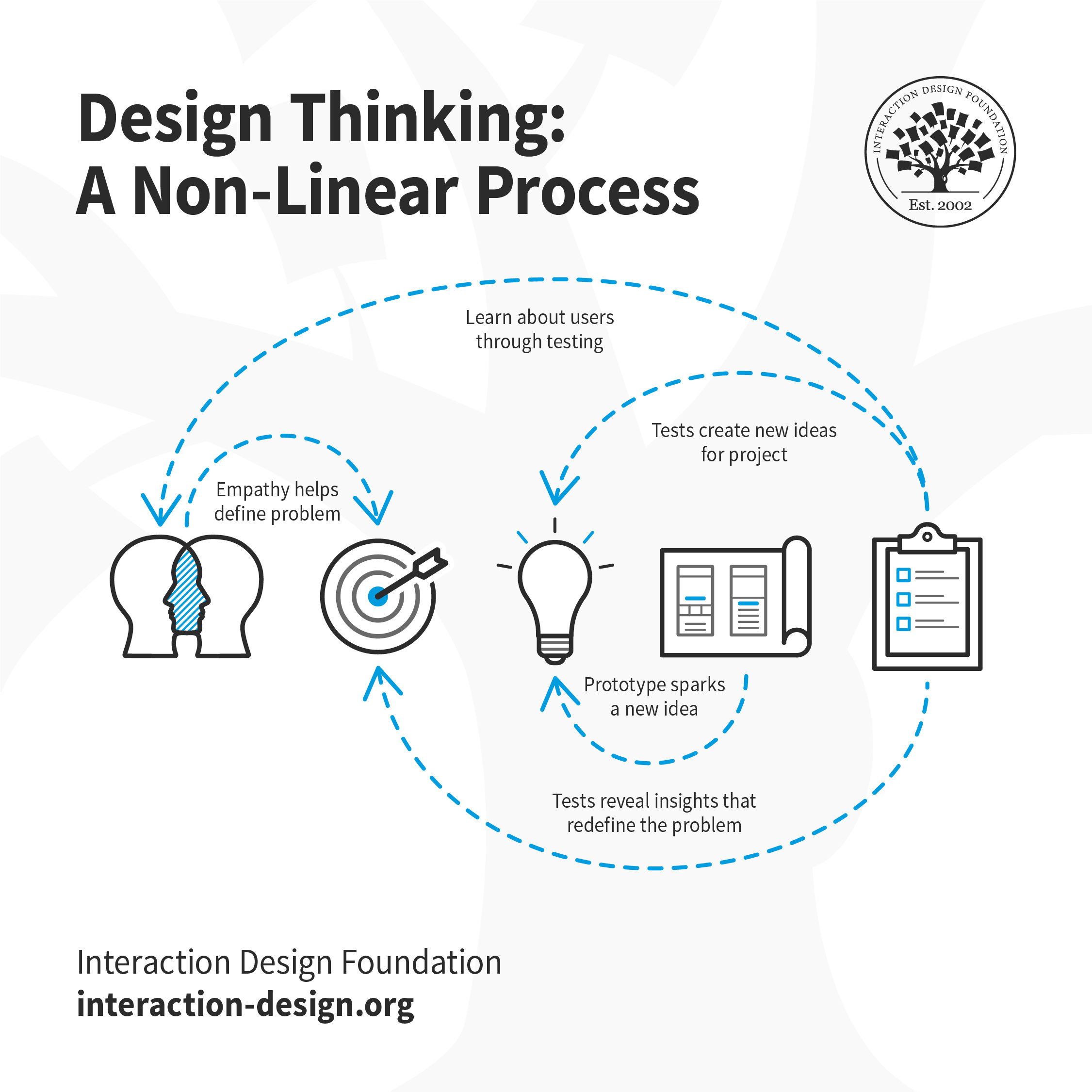Kinh Nghiệm Hướng dẫn Which of the following best addresses the validity of the conclusion made by the students? 2022
Bạn đang tìm kiếm từ khóa Which of the following best addresses the validity of the conclusion made by the students? 2022-10-11 06:18:09 san sẻ Thủ Thuật về trong nội dung bài viết một cách Chi Tiết.
Design thinking is a methodology which provides a solution-based approach to solving problems. It’s extremely useful when used to tackle complex problems that are ill-defined or unknown—because it serves to understand the
Design thinking is a non-linear, iterative process that can have anywhere from three to seven phases, The five stages of design thinking, according to the d.school, are:
Let’s dive into each stage of the design thinking process. 1. Stage 1: Empathize—Research Your Users’ Needs Empathize: the first phase of design thinking, where you gain real insight into users and their © Teo Yu Siang and the Interaction Design Foundation, CC BY-NC-SA 3.0. The first stage of the design thinking process focuses on user-centric research. You want to gain an empathic understanding of the problem you are trying to solve. Consult experts to find out more about the area of Depending on time constraints, you will gather a substantial amount of information to use 2. Stage 2: Define—State Your Users’ Needs and Problems Define: the second phase of design thinking, where you define the problem statement © Teo Yu Siang and the Interaction Design Foundation, CC BY-NC-SA 3.0. In the Define stage, you will organize the information you have gathered during the Empathize stage. You’ll analyze your observations to define the core problems you and your team have For example, you should not define the problem as your own wish or need of the company: “We need to increase our food-product market share among young teenage girls by 5%.” You should pitch the problem statement from The Define stage will help the design team collect great ideas to establish features, functions and other elements to solve the problem at hand—or, at the very least, allow real users to resolve issues themselves with minimal difficulty. In this 3. Stage 3: Ideate—Challenge Assumptions and Create Ideas Ideate: the third phase of design thinking, where you identify innovative solutions to the © Teo Yu Siang and the Interaction Design Foundation, CC BY-NC-SA 3.0. During the third stage of the design thinking process, designers are ready to generate ideas. You’ve grown to understand your users and their needs in the Empathize stage, and you’ve analyzed your observations in the Define stage to create a user centric problem statement. With this solid background, you and your team members can start to There are hundreds of ideation techniques you can use—such as Brainstorm, Brainwrite, Worst Possible Idea and 4. Stage 4: Prototype—Start to Create Solutions Prototype: the fourth phase of design thinking, where you identify the best possible © Teo Yu Siang and the Interaction Design Foundation, CC BY-NC-SA 3.0. The design team will now produce a number of inexpensive, scaled down versions of the product (or specific features found within the product) to investigate the key solutions generated in the ideation phase. These prototypes can be shared and tested within the team itself, in other departments or on a small group of people outside the design team. This is an By the end of the Prototype stage, the design team will have a better idea of the product’s limitations and the problems it faces. They’ll also have a clearer view of how 5. Stage 5: Test—Try Your Solutions Out Test: the fifth and final phase of the design thinking process, where you test solutions to derive a deep © Teo Yu Siang and the Interaction Design Foundation, CC BY-NC-SA 3.0. Designers or evaluators rigorously test the complete product using the best solutions identified in the Prototype stage. This is the final stage of the five-stage model; however, in an iterative process such as design thinking, the results generated are often used to redefine one or more further problems. This increased level of Did You Know Design Thinking is a Non-Linear Process?We’ve  It is important to note the five stages of design thinking are not always sequential. They do not have to follow a specific order, and they can often occur in parallel or be repeated iteratively. The stages should be understood as different modes which contribute to the entire design project, rather than sequential steps. © Teo Yu Siang and the Interaction Design Foundation, CC BY-NC-SA 3.0. The design thinking process should not be seen as a concrete and inflexible approach to design; the component stages identified should serve as a guide to the activities you carry out. The stages might be switched, conducted concurrently or repeated several times to gain the most informative insights about your users, expand the solution space and hone in on innovative solutions. This is one of the main benefits of the five-stage model. Knowledge acquired in the latter The Take AwayDesign thinking is This human-centered design process It’s important to note that these stages are a guide. The iterative, non-linear nature of design thinking means you and your design team can carry these stages out simultaneously, repeat them and even circle back to previous stages at any point in the design thinking process. References & Where to Learn MoreHerbert Simon, d.school, An Introduction to Design Thinking PROCESS GUIDE, 2010. Gerd Waloszek, ImagesHero Image: © Daniel Skrok and the Interaction Design Foundation, CC BY-NC-SA 3.0. Which of the following observations best supports the hypothesis that CDK5?Which of the following observations best supports the hypothesis that CDK5 negatively regulates neurotransmitter release? Inhibition of CDK5 activity in neurons increases the movement of synaptic vesicles to the plasma membrane in response to a specific stimulus. Which of the following is the best prediction of how the new disease will affect the two population?Which of the following is the best prediction of how the new disease will affect the two populations? (C.) The smaller population will be more affected than will the larger population, because the smaller population has less genetic variation than the larger population has. Which of the following correctly identifies the dependent variable and the independent variable for the experiment squirrels?Terms in this set (15) Which of the following correctly identifies the dependent variable and the independent variable for the experiment? The independent variable is the type of alarm, and the dependent variable is the percent of squirrels responding. Which of the following best predicts the consequences of the introduction of C Taxifolia to the California coast?Which of the folding best predicts the consequences of the introduction of C. taxifolia to the California coast? Without natural herbivores or competitors C. texifolia will grow rapidly and crowd out native species of producers. |
đoạn Clip Which of the following best addresses the validity of the conclusion made by the students? ?
Một số hướng dẫn một cách rõ ràng hơn về Video Which of the following best addresses the validity of the conclusion made by the students? tiên tiến và phát triển nhất .
Chia SẻLink Download Which of the following best addresses the validity of the conclusion made by the students? miễn phí
Hero đang tìm một số trong những Chia SẻLink Download Which of the following best addresses the validity of the conclusion made by the students? Free.
#addresses #validity #conclusion #students
